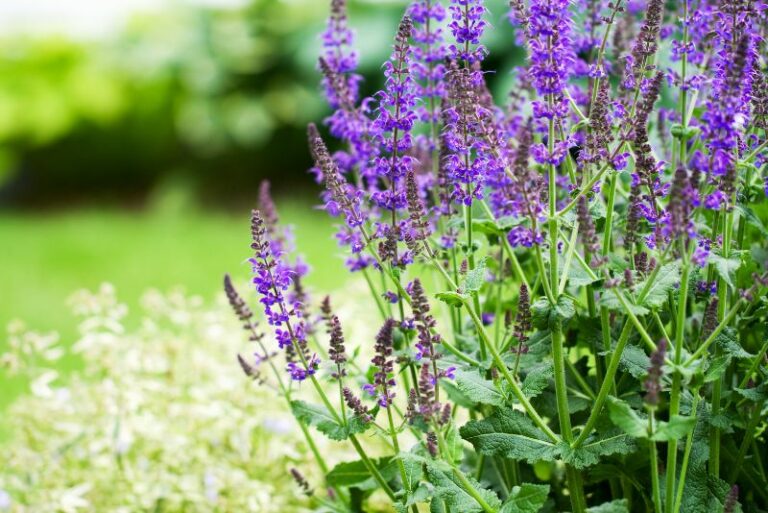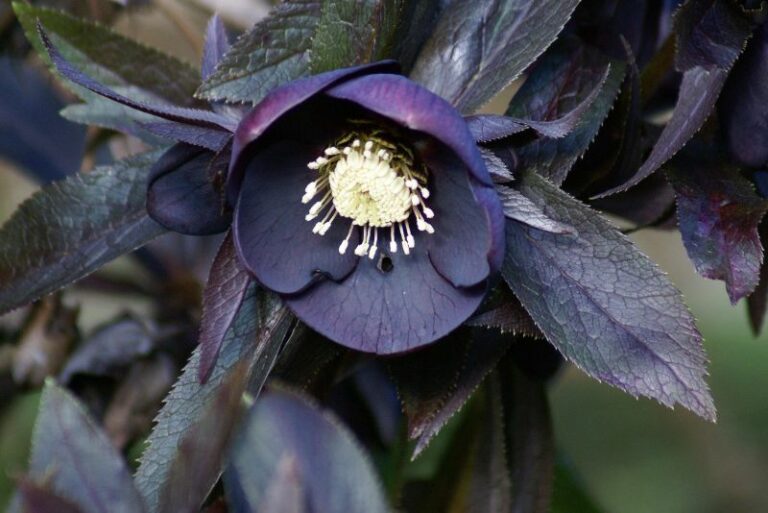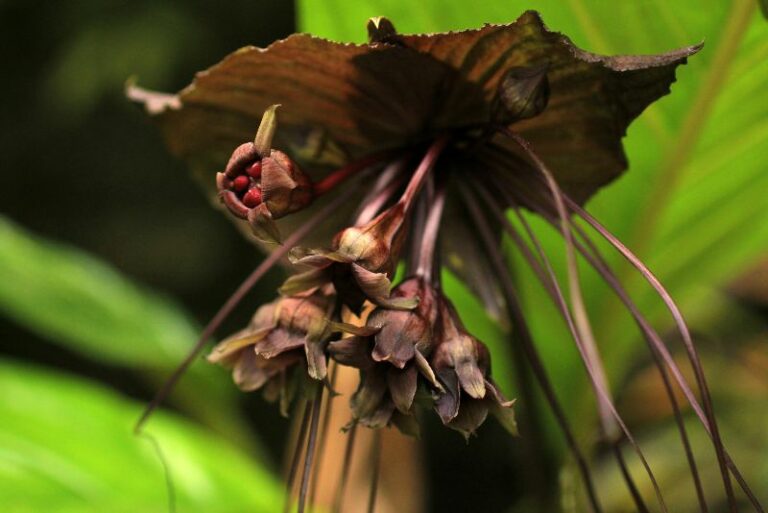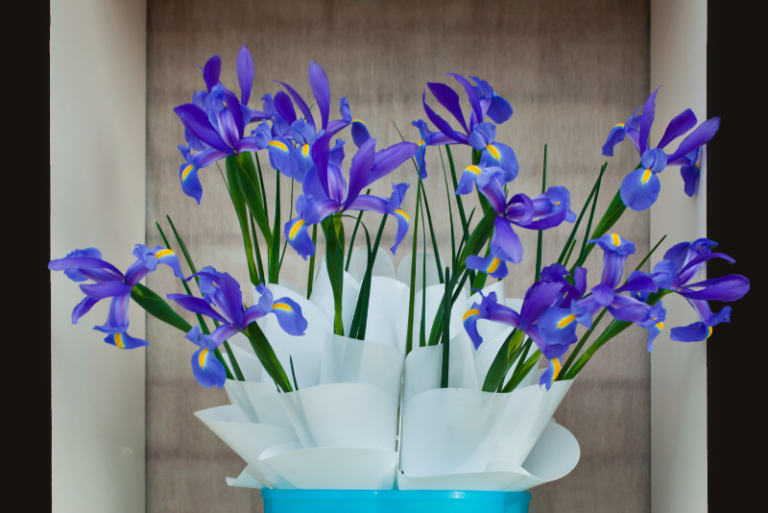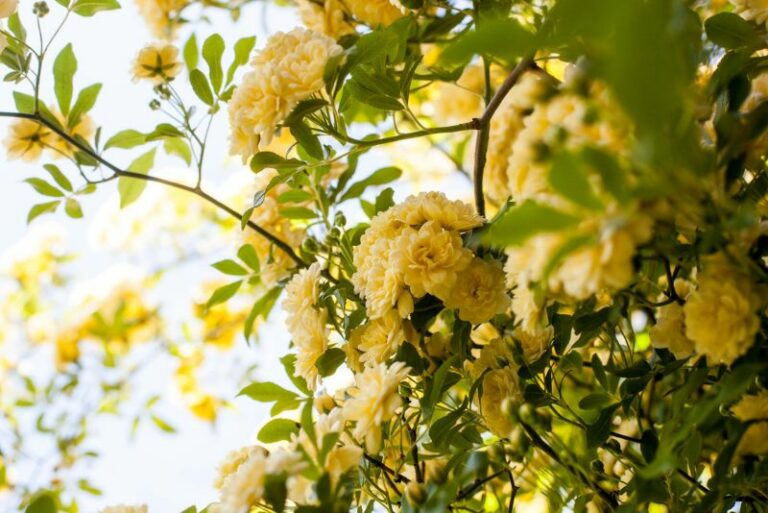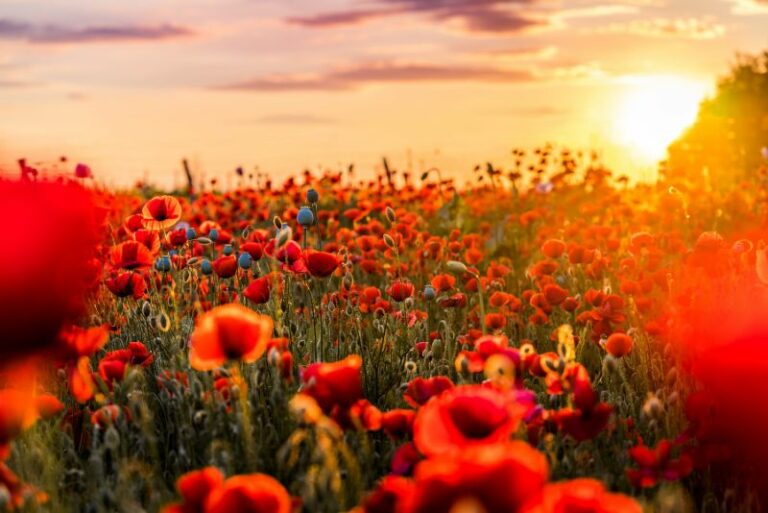Fall Blooming Perennial Flowers For Your Flower Garden
During autumn, as the leaves begin to turn and the evening air grows crisp, many gardeners think it’s time to pack up shop till the following spring. However, the fall season need not herald the end of colorful blossoms and lively gardens. There exists a stunning array of perennial flowers that bloom just as summer’s warmth fades, extending the joy of gardening into the heart of fall.
These vibrant bloomers bring a plethora of benefits, from sheltering pollinators to providing bursts of color in the cooler landscape. By selecting the right varieties and with a little know-how, any gardener can create a tapestry of autumnal beauty that rivals the most stunning spring display. In this blog post, we will explore the reasons to include fall blooming perennials, list some of the best varieties to consider, and provide detailed tips on how to care for these late-season treasures.
The Appeal of Fall Blooming Perennials
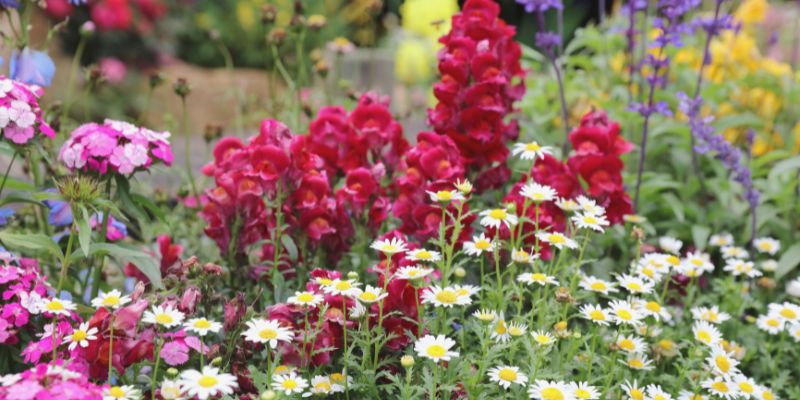
Imagine stepping out into your garden on a crisp October morning to find it abuzz with life, as vibrant blooms sway gently in the breeze. The scene is picturesque, and it’s a testament to the value of plants that shine in autumn. Fall blooming perennials are a bridge between seasons, offering an extended display of nature’s art during a period when many gardens can appear stark.
Beyond their aesthetic charm, these plants play a crucial role in the ecosystem. They feed pollinators preparing for the winter, such as monarch butterflies migrating south, and they provide shelter for beneficial insects. In many ways, a well-chosen selection of fall bloomers can transform your garden into a sanctuary for wildlife at a time when resources are scarce.
Benefits of Fall Blooming Perennial Flowers
Extended Blooming Season
One of the most apparent benefits is, of course, the prolonged blooming period. By introducing perennials that peak in the fall, you ensure a more diverse and longer-running display with overlapping seasonal interest. As summer plants begin to fade, these autumn stars take the stage, providing a seamless transition of color and form throughout your garden beds.
Attracting Pollinators
Fall is a critical time for pollinators. By furnishing nectar-rich sources late into the year, you can help sustain bees, butterflies, and other insects. This is especially important as many species require a build-up of energy before hibernation or migration. Being a pollinator ally can be as simple as adding asters, sedums, or chrysanthemums to your garden.
Low Maintenance Gardening Option
Fall blooming perennials are as beneficial to you as they are to the environment. Most are low maintenance once established, and they often require little more than the occasional pruning or deadheading. Their hardiness in cooler temperatures can also lessen the need for heavy watering, making them an eco-friendly choice for a sustainable garden.
Top Fall Blooming Perennial Flowers
1. Aster
Asters, with their daisy-like flowers, are quintessential fall bloomers. They come in a variety of hues, from the traditional purple to pink, white, and even red. There are many species to choose from, but the New England aster (Symphyotrichum novae-angliae) is a popular native option that thrives in a wide range of conditions.
2. Sedum
Sedums, often known as stonecrops, are prized for their ability to thrive in rocky, dry soils. Their sturdy, fleshy leaves give rise to clouds of small, star-shaped flowers that can maintain visual interest even after the first frost. The “Autumn Joy” variety, with its evolving palette from green to rosy pink, is a favorite among gardeners.
3. Chrysanthemum
Chrysanthemums, or mums, are a fall classic. They are available in a staggering array of bloom forms and colors, from the classic pom-pom shape to the more spidery “spoon” blooms. Mums are versatile and can be used in both beds and containers, making them a great choice for many garden situations.
4. Helenium
Also called “sneezeweed” despite being non-allergenic, heleniums bear numerous vibrant flowers with a rustic, sunflower-like appearance. Their deep, warm colors make for a bright contrast against the autumn landscape. “Mariachi Salsa” and “Short ‘n’ Sassy” are popular cultivars with a robust blooming habit.
5. Japanese Anemone
With delicate, cup-shaped flowers atop tall stems, Japanese anemones offer a graceful presence in the fall garden. Their gently nodding blooms in shades of pink or white and their ornamental foliage can inspire a sense of serenity in the cooler, often-desolate garden landscape.
Planting and Care Tips
Soil and Sunlight Requirements
Fall blooming perennials generally prefer well-drained soil, and most can tolerate a fairly wide range of pH levels. Understanding the specific needs of the plants you choose is the key to their success. For example, asters and chrysanthemums need full sun to bloom their best, while japanese anemones can tolerate more shade.
Watering Schedule
In general, it’s essential to water deeply less frequently, allowing the soil to dry out somewhat between watering sessions. This encourages the plants to develop deep root systems, making them more resilient in the face of drought and extreme temperatures. A layer of mulch can help retain moisture and regulate soil temperatures.
Pruning and Deadheading Guidance
Regular deadheading can encourage plants to produce new flowers, extending the blooming period. For asters and heleniums, you can cut the stems back by about half in early summer to maintain a compact form. Sedums can be pruned in early summer to control height and prevent them from becoming leggy.
Pest and Disease Management
Fall perennials are not immune to pests and diseases, but practicing good garden hygiene and site selection can mitigate risks. Keeping the garden clear of debris can help prevent the spread of disease, and choosing resistant varieties can reduce the likelihood of infestation.
Frost Protection Measures
For those in regions with early or severe frosts, it’s important to be prepared. Covering plants with frost fabric or even a bed sheet can provide a few extra degrees of protection. Watering the garden lightly the evening before a predicted frost can also help insulate plants, as moist soil retains heat better than dry soil.
Design Ideas for Incorporating Fall Blooming Perennials
The key to a successful fall garden design is to consider how these late bloomers will interact with your existing landscape and with each other. Here are some design ideas to help you create a cohesive and stunning fall garden.
Border Plantings
Create borders with groups of the same species or mix and match different perennials for a varied and dynamic edge to your garden beds. Make sure to consider height, bloom time, and color when planning your borders.
Container Gardening Options
Display the beauty of fall blooming perennials in containers on your porch or patio. Cluster pots of differing sizes and heights for added interest, and easily move them to the best light conditions.
Mixed Perennial Beds
Incorporate fall blooming perennials into mixed beds with plants that provide interest earlier in the season. This way, your garden can have continuous color from spring right through to late fall.
Conclusion
Including fall blooming perennial flowers in your garden is not only a way to extend the life of your outdoor space but also a nurturing act for the environment. The blossoms of autumn are not a swan song but a vibrant declaration of the garden’s vitality and your stewardship of the natural world’s wellbeing.
By choosing the right varieties and providing them with the care they need, you can cultivate a garden that thrives well past the dog days of summer. Be it asters swaying in the breeze or the sunny disposition of heleniums, each flower has its place in the fall symphony.
I encourage you to take this opportunity to enhance your garden with the bright additions that fall blooming perennials offer. A little planning now will reward you with a landscape that remains alive with color and activity long after the last tomato has been picked and the final zucchini has been harvested.

